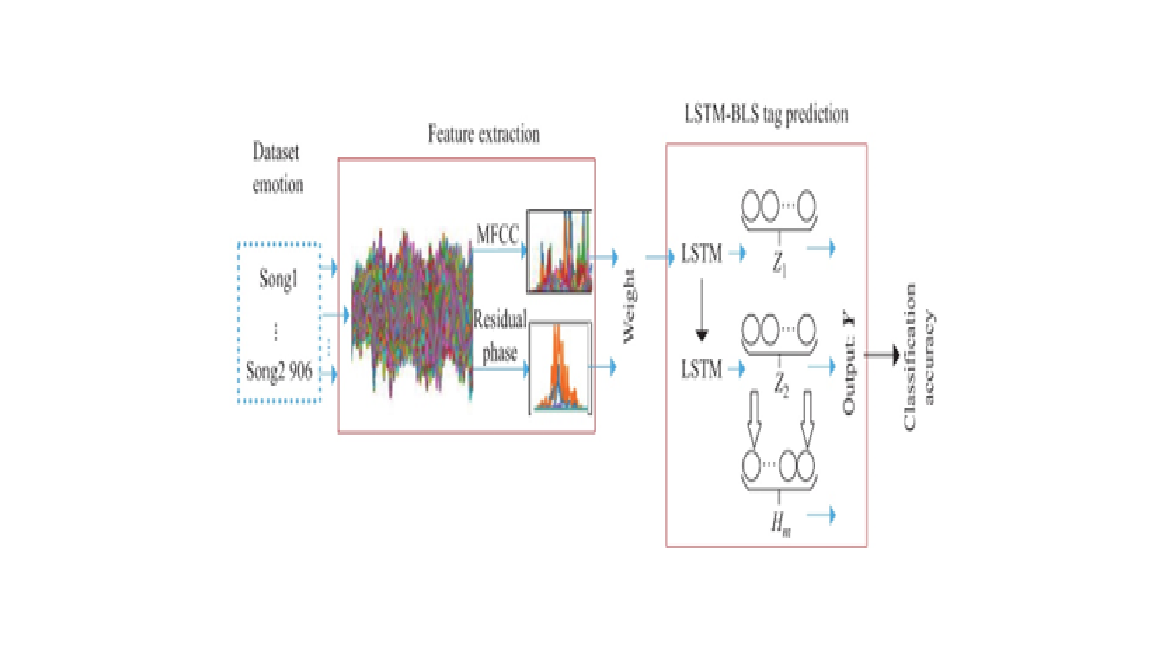A Comparative Study and Model Simplification for Early Diagnosis of Parkinson’s Disease using Machine Learning and Sensor-Based Systems
Main Article Content
Abstract
Parkinson’s disease (PD) is a progressive neurodegenerative disorder characterized by motor and non-motor symptoms, often leading to misdiagnosis and delayed treatment. Early diagnosis plays a crucial role in managing symptoms and improving quality of life. This paper presents a comparative and simplified approach for early PD diagnosis using machine learning models and sensor-based systems. The study evaluates the diagnostic power of UPDRS motor scores and speech features via Microsoft Azure ML using Two-Class Support Vector Machine and Boosted Decision Tree algorithms. A peak accuracy of 97.4% was achieved with UPDRS data, while speech-only features yielded 77.4%. Additionally, wearable sensor-based mobility assessments were examined for their applicability in clinical settings. By integrating findings from both feature-based and sensor-driven models, the paper highlights pathways for reducing complexity in diagnostic workflows. The proposed models can reduce diagnosis time and workload for clinicians while maintaining high diagnostic accuracy. These results support the feasibility of deploying simplified and scalable AI-powered diagnostic tools in real-world healthcare settings.
